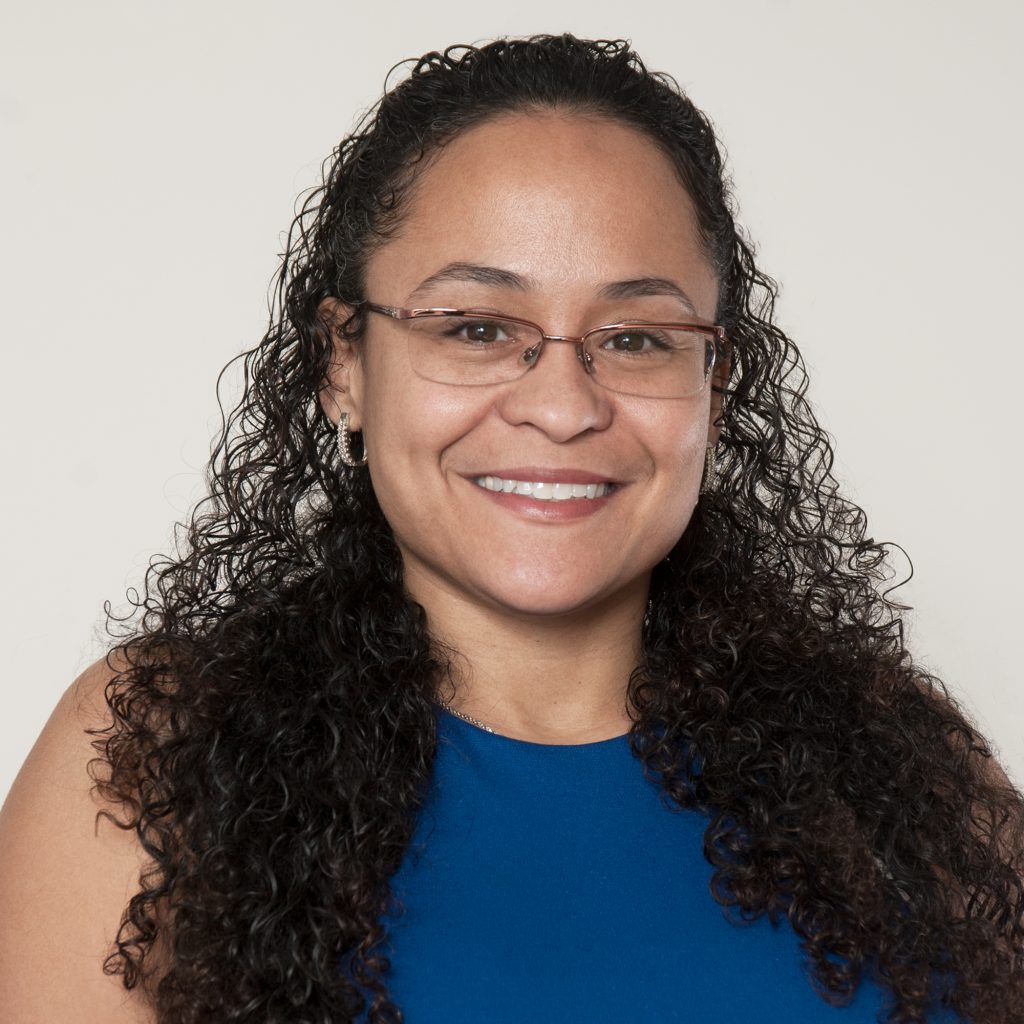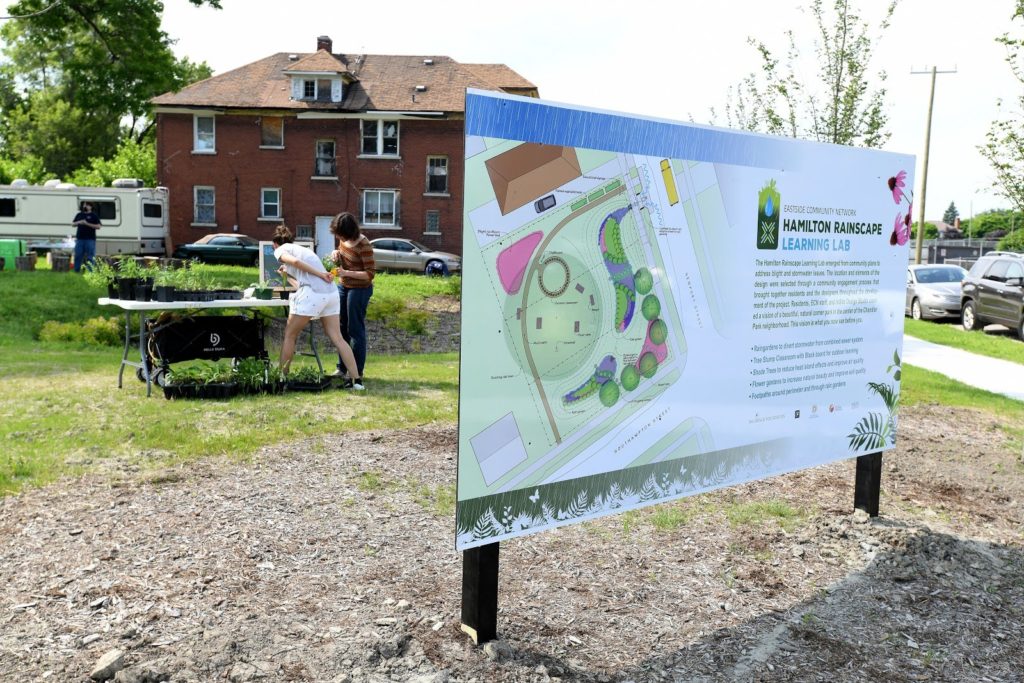A Tale of Three Cities
Detroit. New York. New Orleans. In the last several weeks these three cities have become epicenters of COVID-19, as all have experienced high rates of infection and/or death from the disease. Each city is also densely populated by people of color and, before and magnified during the pandemic, managing the challenges that come as a result of racism and discrimination, disinvestment, and disregard. As a result, even before COVID, health challenges among Black and Brown residents in these cities were a common thread and often exacerbated by community conditions like toxic emission of air pollution, urban flooding, mold, lack of access to healthy food, and inability to rebuild their neighborhoods and their lives following a severe natural disaster.
The conditions are often cyclical, leading to and exacerbating one another, meaning disproportionate impact for Black and Brown residents in the event of climate disasters like hurricanes, major flooding from severe storms, and even severe winter weather. With these communities already juggling disastrous circumstances, it is not surprising that COVID has crept in and hit them particularly hard, because the same conditions which make any people more vulnerable to climate disasters also breed vulnerability to nearly any other challenge, including a pandemic.

And still, in spite of the horrific circumstances these communities find themselves in, a tremendous asset each of these cities has in common is the benefit of dynamic women of color, each of whom sits at the helm of a staple community-based organization. Each of these women have stepped up to ensure the safety, security, and resilience of their communities against threats that made them vulnerable before COVID. They are now doing the same in response to it. The unwavering leadership and perseverance of Donna Givens, President and CEO of Eastside Community Network in Detroit; Jessica Clemente, CEO of We Stay/Nos Quedamos in the South Bronx; and Angela Chalk, Founder and Executive Director of Healthy Community Services in New Orleans, even in hard times, has positioned communities to be equipped with tools and strategies to move beyond crisis mode and into a place where they look towards thriving.
“[We are] designing what we want to see and breaking chains of poverty and inequity,” said Jessica Clemente, CEO of We Stay/Nos Quedamos. “We know what the deepest impacts are and [we are] pushing forward solutions.” This is true for all of these dynamic women.
Balancing in the COVID Pandemic
Prior to the onset of COVID-19, all three were working in the climate arena, developing systems and strategies to make their communities resilient to the climate impacts that often disproportionately devastate communities of color and make for longer, harder recovery periods, if recovery ever happens at all.
For Eastside Community Network (ECN), climate resilience has meant spearheading several community redevelopment efforts to aid in recovery and mitigate negative climate impacts. Last year, for example, it hosted a Juneteenth Day celebration to unveil a rainscape in the Chandler Park community to combat stormwater flooding and the damage resulting from it while simultaneously beautifying an area that is working to offset vacant, abandoned spaces.
Since the onset of COVID-19 and its swift rise to pandemic status, ECN has had to shift its operations and priorities to support the needs of the communities it serves. “We can’t sit on the sidelines while people are dying,” Givens said. “We are making sure people understand how things are done and clarifying messages.”

Since Michigan began sheltering in place on March 12, ECN has shifted to a completely virtual operation, but has still found good use for office equipment by starting a “loaning pool” of 20 laptops to Detroit schoolchildren who don’t have home computers so they may access online classes. Givens also hosts a podcast, “Authentically Detroit,” where she is able to “provide leadership and voice, [while acting] as a response to folks in the community.”
ECN has also stepped in to support shut in community members by distributing essential, but as of late hard to find, supplies like face masks and hand sanitizer, taking care to ensure those who are most vulnerable are served first.
For now, Michigan’s shelter in place orders have begun to lift, with some partial reopening of bars, restaurants, and retail stores taking effect on May 22. In New York–where the pandemic has arguably been most dire–stay at home orders have also been extended in some parts of the state, notably New York City, through June 27.
This has meant a shift as well, for We Stay/Nos Quedamos, a community development corporation committed to building sustainable development and self-determination of its residents, while preserving culture in the South Bronx. Prior to COVID, Nos Quedamos’ resilience-building efforts included planning for a resilience HUB in its Melrose neighborhood, so that residents, in the event of a major climate event resulting in power outages, could have access to electricity for food storage, refrigeration of medical supplies, heat or air conditioning, internet, etc. COVID has shifted, but not completely altered those plans.
“[Before COVID] we had been looking at resilience hubs through the lens of a climate crisis–we are now looking at it through a crisis lens, period,” said Clemente. “We need to be able to respond strategically and impactfully.”
Part of responding strategically has meant anticipating the needs of residents housed in Nos Quedamos’ 19 affordable developments and how prolonged orders to stay home would negatively impact their food security. To alleviate this stressor, Clemente and team have coordinated access to 11 of its buildings as food distribution centers, partnering with a local eatery to provide meals to residents three days a week. Nos Quedamos is also establishing a phone database to maintain positive connections at a distance, while keeping residents informed about ongoing changes resulting from the pandemic.
For New Orleans residents, uncertainty in the midst of constant changes is also driven by hurricane season, as the region braces for how COVID might exacerbate circumstances that have time and gain already proven to be grim. Under the leadership of Angela Chalk, however, Healthy Community Services (HCS), has been able to get in front of some of the most pressing challenges experienced by residents in the Seventh Ward, including urban flooding and aged infrastructure.
HCS leads a flood-prevention program that now boasts 60 active green infrastructure projects in 3 neighborhoods across the Seventh Ward. These interventions proved successful when put to the test last July amidst severe rainstorms preceding Hurricane Barry when over 350 gallons of water drained away, sparing the homes and businesses of residents. Gearing up for what this could mean in the era of COVID, Chalk and her team are already thinking strategically about interventions.

“We’re [already] doing background work so that we can move right into implementation when stay at home orders are lifted,” Chalk shared.
Louisiana lifted its stay at home order and began phase 1 of its reopening process, joining a cluster of states who are leading the way into the next phase of the pandemic–rebuilding. For HCS, the work remains the same, supporting the most pressing needs of the communities it serves and adapting as those needs shift.
The organization instituted a “Ring and Go” system, where packages of food and other essential items are delivered to residents, like the elderly and people with chronic health conditions, who are not able to leave home regularly.
“We want to be able to relieve at least one burden [especially] with hurricane season coming and the potential for tornadoes,” she explains. “We have to continue our work. COVID is here, it is a new reality, but we have to adjust. Have to continue our work around climate change, because it all intersects.”
From Crisis to Thriving
The important takeaway from the clear strength and leadership exhibited in each of these communities is that a crisis is more of a crisis for Black and Brown people. It doesn’t matter if it is a hurricane, a wildfire, toxic emissions leading to high rates of asthma and other chronic health conditions, flooding, or now a pandemic. Those who are and have been made most vulnerable in the event of an emergency will generally fare the same, despite the specifics of said emergency.
The circumstances are similar in each of these cities,–and in practically every urban community of color in the U.S., for that matter– but different enough to require localized expertise and leadership to mitigate challenges and build resilience to them. The leadership exhibited here reflects the intention to thrive, to move communities past merely “responding to” when a threat is yielding against them, and into a place where they are anticipating and ready to combat threats before they have even manifested.
But, to do this, our leaders require support: financial, early and ongoing access to resources, capacity, and technical assistance.
“It’s incredible how we do more with less. But then it becomes an expectation,” reflects Clemente. This notion of doing more with less has become a toxic trait often worn with honor and associated with grit and survival; but with equity at the core, it is vital that communities get the resources they need so they are in a position to grow and do more with abundance.
Like climate disasters, which exacerbate already difficult conditions, COVID-19 has further unmasked disparities, shining light on the vicious cycle of inequities experienced by so many in everyday life. And as we continue on an unknown path, the era of pandemic we are in now will eventually move into a stage of recovery and rebuilding, and it is guaranteed that these organizations will be at the forefront of those efforts, persevering on and providing resources, support, and hope in a time when it is easy to fall into feelings of depression and helplessness. But will they get all of the support they need?
While it isn’t entirely clear what the future holds, these community leaders are already thinking ahead and preparing for the next stages of this crisis–and using what they are learning to forge a path forward for future iterations of their implementation work through the PRC.

ECN has already responded to the needs of communities in the east side of Detroit in a way that mimics some aspects of a resilience hub. Their implementation project will bring a fully equipped and operational hub to reality by creating the stability and infrastructure of resilience hubs from which they’ll be able to coordinate all their operations in the midst of a climate crisis and as we continue to navigate the pandemic. Nos Quedamos, in addition to moving forward its plan for a resilience hub in the South Bronx Melrose Commons community, is also advancing several strategies and techniques for building community resilience that center community education, resident engagement, and now the extended lens of emergency management for emergencies of all kinds. HCS continues to address urban flooding through its proven techniques for mitigating stormwater and promoting green infrastructure. These techniques will especially alleviate the compounding stressors of managing a pandemic in the midst of the upcoming hurricane season. It is Angela Chalk’s parting words that make clear how sheer will, perseverance, hope and thoughtful servant leadership—traits exhibited by them all–keep these communities whole, even when things are unfathomably difficult.
“We’re resilient. We’re still working,” she said. “Hopefully when all this is put back in pandora’s box, there will be some models wherein we can all thrive, all around the country.” Right on. In the name of resilience–in the name of survival–the work has not and cannot stop.
